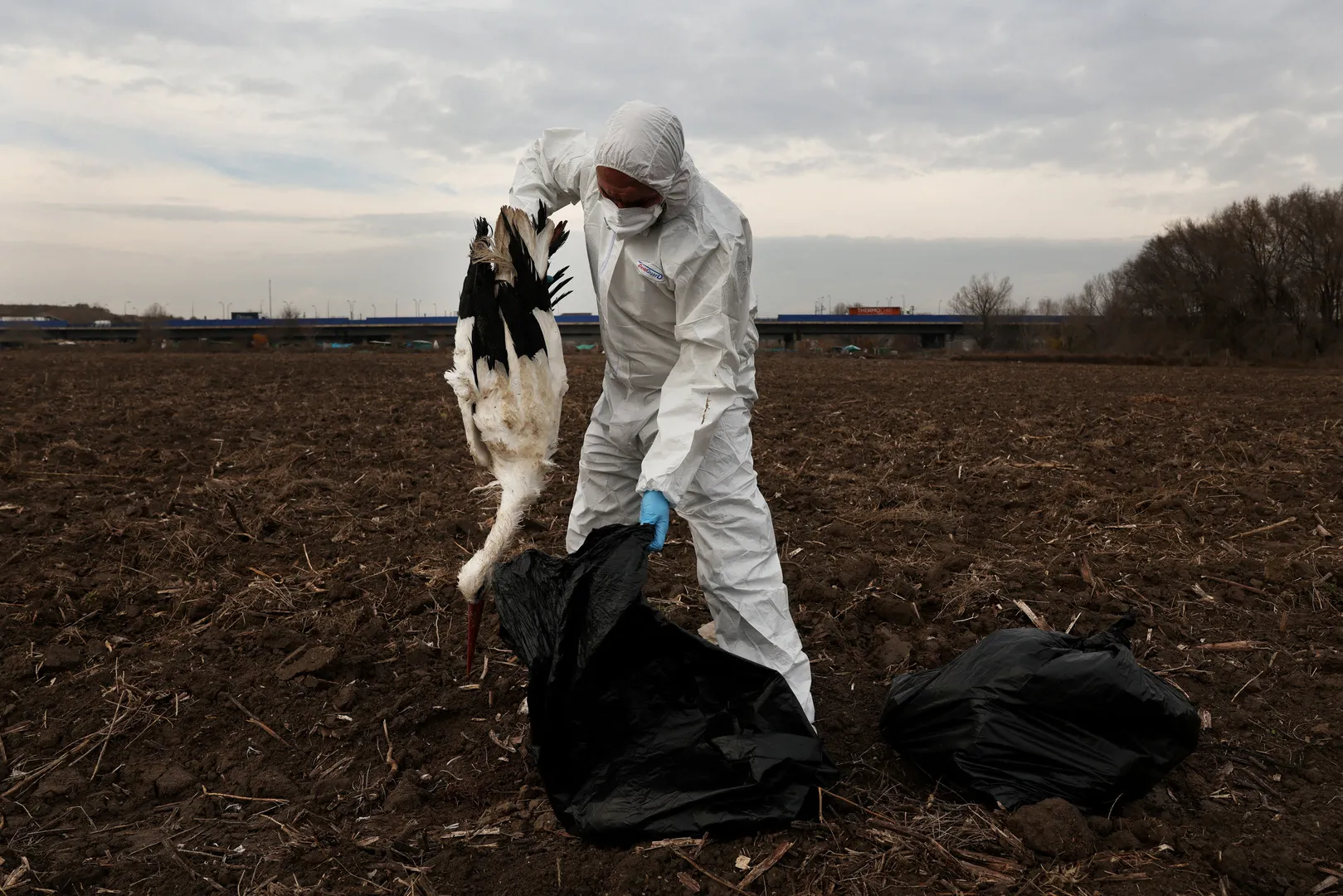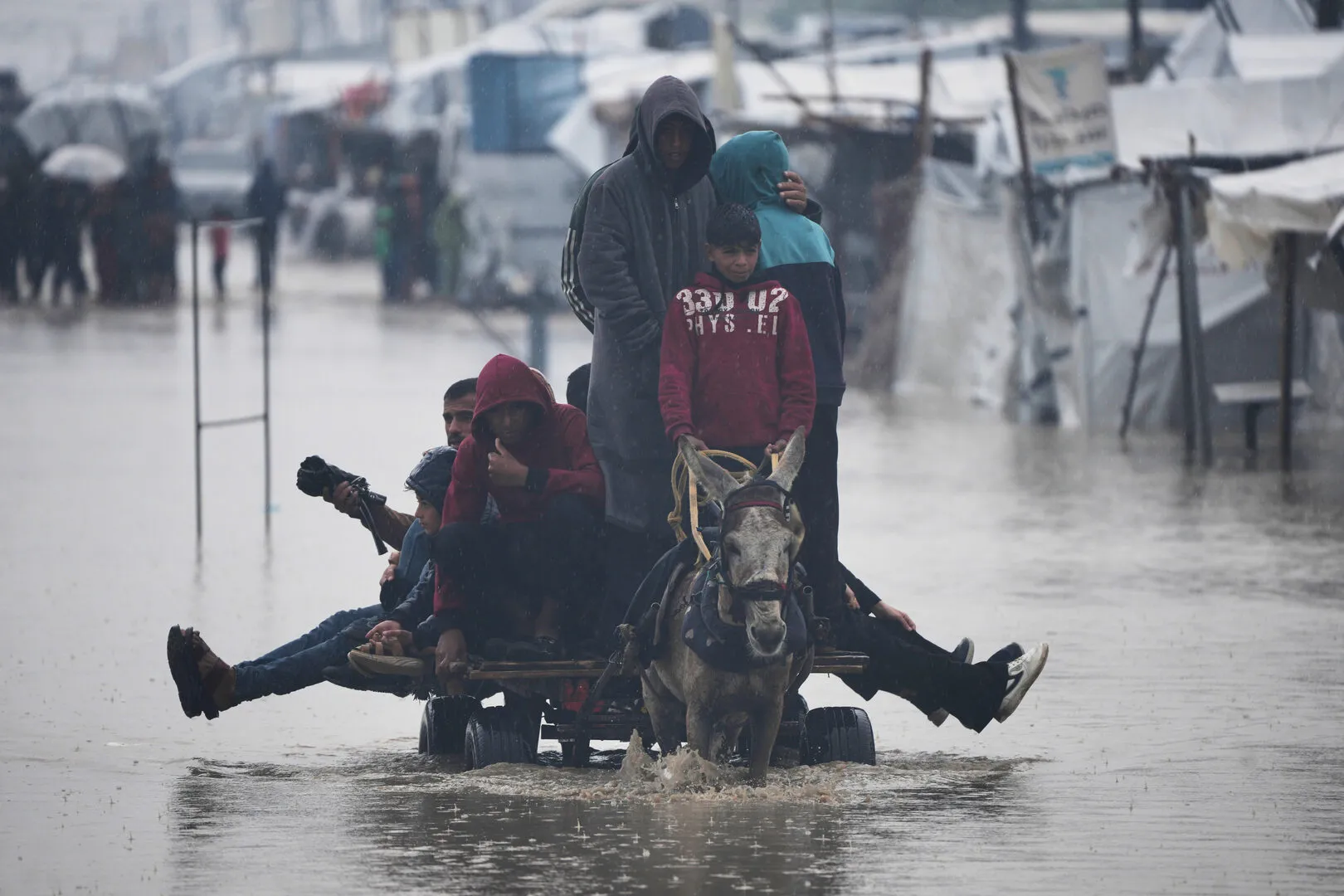The global green transition has long been seen as a critical path to addressing climate change and reshaping economies. Yet, since 2020, this vision has faced a growing backlash. Rising energy prices, inflation, and the mounting financial strain on the middle class have made green policies increasingly unpopular in many developed nations. In the U.S., for instance, under the Trump administration, the green transition has been delayed under the pretext of inflation and job security. In Europe, despite some countries’ continued commitment to green initiatives, conservative political forces have begun to push back, casting doubt on the future of the green agenda. Even frameworks like Environmental, Social, and Governance (ESG) policies, once seen as a driving force for the green transition, are now under attack for “greenwashing”, further undermining their credibility.
What was once an ambitious, unified global vision for a greener future is now splintering into a series of competing political agendas. Against this backdrop of uncertainty, China’s green transition has shown a distinctive sense of continuity.
Unlike many Western nations, China’s green transition is not just about international agreements or ideological alignment. It is driven by deep, internal imperatives to address chronic pollution, improve public health, and upgrade its industrial base. The need for cleaner air and a more sustainable economy is not just a policy choice for China but an urgent requirement for the country’s reality.
This internal drive gives China a unique position to lead the charge in creating a “non-politicized global green coalition”, focused not on ideological divides, but on pragmatic, shared solutions.
With the U.S. scaling back its green subsidies and Europe facing political fragmentation, a leadership vacuum is emerging in global climate governance. In countries like France, Italy, and the Netherlands, right-wing forces are calling for delays to energy taxes and carbon-reduction targets, seeing the green agenda as an economic burden. Meanwhile, in the Nordic countries, while policies remain green, their influence is limited by their small size and capacity to drive global change.
This creates an opportunity for China to step in.
If China can embrace a pragmatic and non-politicized approach, it can work to rebuild cross-regional cooperation on green policies and lay the foundation for a new global green alliance. Such a coalition, focusing on technology, green finance, and shared standards, could bring together countries from East Asia, the Middle East, and emerging economies in Africa and Southeast Asia.
China’s green transition is driven by urgent domestic needs. In 2024, official statistics indicate that the proportion of days with good air quality in China reached 87.2 percent last year, up 1.7 percentage points from the previous year, though pollution remains a problem to be tackled. As China strives to reduce healthcare burdens and improve the quality of life for its citizens, its green transition becomes a necessity, not just a global strategy.
Unlike countries that frame their green policies in ideological terms, China’s approach is rooted in a concrete need for environmental and public health improvement. This focus on sustainabilitypositions China as a potential leader in advocating for non-ideological global cooperation on climate issues.
Indeed, China has already made significant strides in “green diplomacy”. Its Belt and Road Initiative (BRI) has increasingly focused on green development, with projects in clean energy, sustainable transportation, and ecological conservation now spread across over 100 countries. China’s leadership in renewable energy production, from photovoltaic modules to electric vehicles, gives it a competitive advantage in driving the green agenda forward. China is already the world’s largest producer of clean energy technology, with production capacities for solar panels, wind turbines, and batteries outpacing any other country.
But China’s green transition is not just about technology. The country is also emerging as a leader in green finance. China accounts for 60% of Asia’s green finance, which is roughly $200 billion. Its ability to offer affordable, high-quality green technologies to developing nations, combined with its leadership in green finance, makes it well-positioned to spearhead a new global green coalition.
While China has significant advantages, there are still challenges ahead. Some countries may perceive China-led green initiatives as another form of geopolitical influence. Western nations still control many critical certification systems and intellectual property related to green technologies, which could limit its ability to fully shape the global green agenda. Additionally, the long investment cycles and uncertain returns of green projects could stretch China’s financial resources.
To mitigate these risks, China could focus on building trust through joint projects with other nations and involving Western capital as investors or observers. Focusing on less politically sensitive areas, such as energy storage, carbon trading, and climate education, would also help to avoid ideological conflicts and build a more inclusive global green network.
The global green transition is not just an economic challenge. It is an opportunity to redefine international governance based on shared survival pressures. If China can lead the way with a focus on non-ideological cooperation and pragmatic action, it can help the world move beyond the current political fragmentation and build a greener, more sustainable future for all.



